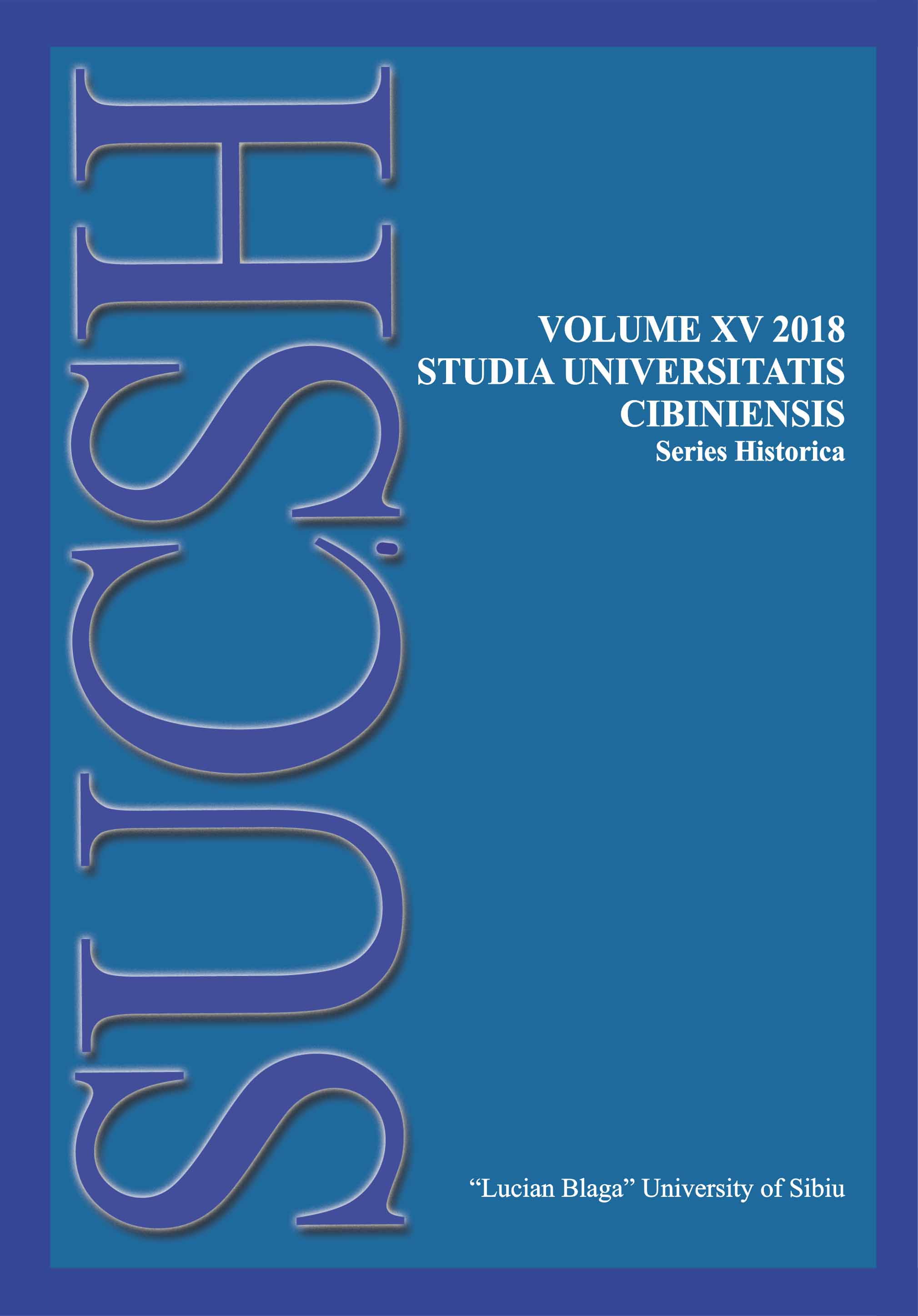The Development of Representative Suffrage in Hungary
in the mid-19th Century
The Development of Representative Suffrage in Hungary
in the mid-19th Century
Author(s): József PapSubject(s): History, Political history
Published by: Editura Universitatii LUCIAN BLAGA din Sibiu
Keywords: political system; Parliament; electoral system; universal suffrage;
Summary/Abstract: The development of the modern parliamentary based political system required thereform of the representation of estates and the transformation of the government soas the forums of publicity outside the Parliament. The voting right and the electoralsystem might be the most appropriate legal structures that support the socialembeddedness of modern political systems. They constitute the bases for politics andmay provide legitimacy to it. Two dimensions are vital in relation to elections: 1.where, the territorial dimension (geometrical aspect), 2. who, the social dimension(scope of political rights). Considering the geographical basis of elections, two maindirections can be observed at the beginning of modern parliamentarianism: theBritish and the French. Three rival electoral systems existed in the constitutionalstates in the 19th century: egalitarian (democratic), elitist (liberal) and corporative(conservative). The democratic and the liberal way of thinking shared the idea ofindividual voting right. In this regard, they both differed from the corporative system.However, those who favored the concept of universal suffrage recognized votingright as a natural right of equal people; liberals derived the voting right from thestate and not from the natural equality of men. Voting right was entitled only toproperty owners and the educated/cultivated (Besitz und Bildung) elites.Liberalism had been increasingly affecting the mindset of Hungarian politiciansfrom the 1830’s. Hungarian history writing labels the two decades preceding 1848as the ‘Hungarian Reform Era’ because the era’s social, political and modernizationefforts were inspired by liberal ideas. During this period, assemblies were regularlyheld (1830, 1832-1836, 1839-1840, 1843-1844, and 1847-1848), where the liberalnoble elite was demanding progressive reforms more and more loudly. Reformiststruly gained considerable successes during the Reform Era, however, the discourseand debate on how to transform had even more significance. These debates enabledthe Hungarian Assembly at the revolutionary spring of 1848 to approve substantiallaws within only a month.This study provides an overview on the development of representative electorallegislation in Hungary. The scope of voting right was determined by the liberalmodel in Hungary, whilst the geometric structure of elections linked fundamentally to the British model. However, the established electoral system was generating seriousdebates during the next decades. The scope of voting right and its spatialeffectiveness were both highly criticized. Despite all criticism, the fundamentalelements of the system remained unchanged in Hungary. Although it is true, that theHungarian National Assembly approved the establishment of a new electoral law in1913– which, still did not recognize the institution of the universal, secret and freesuffrage –, the forthcoming elections due to the eruption of the war was postponed in1915.This paper demonstrates the variety of techniques of power applied by the lawmakerswhen determining the basics of representation. As this paper also indicates,there were several reasons why the legislatures did not lean towards the extension ofright. The parliamentary debates on the suffrage often brought to light the questionof the nationalities. The ethnic mix of voters did not alter the ethnic mix of theinhabitants in the nationality areas of Hungary. The incongruous situation of thesystem arose from the fact that these nationality areas were the most reliableconstituencies of the government. Therefore, the success of the politics of support forthe compromise was chiefly built on the votes of nationality voters. The fragilemandate distributive system of both Transylvania and Hungary was threatened bythe extension of suffrage, the transformation of constituencies and the equalization ofthe number of voters behind the mandates.
Journal: Studia Universitatis Cibiniensis. Series Historica
- Issue Year: 2018
- Issue No: XV
- Page Range: 137 - 158
- Page Count: 22
- Language: Romanian
- Content File-PDF

